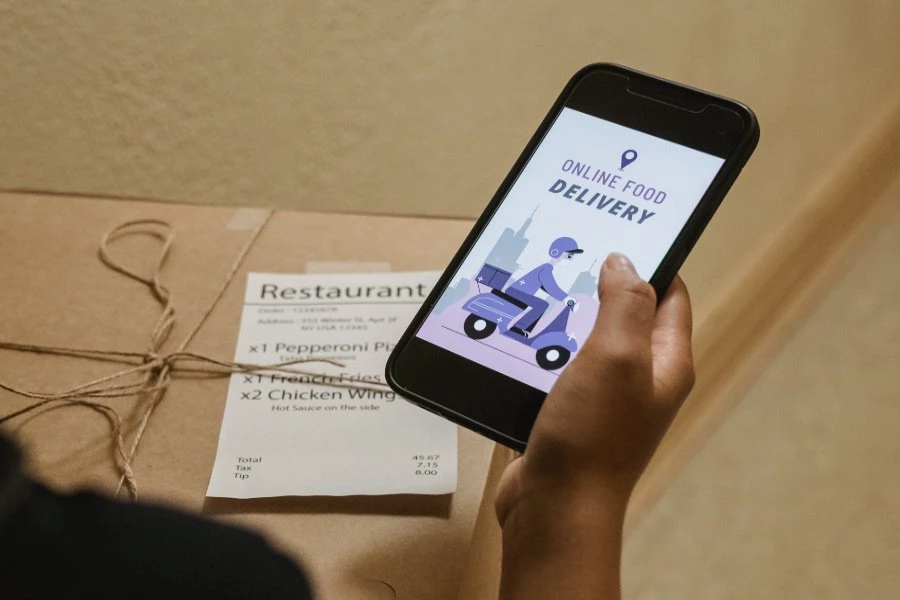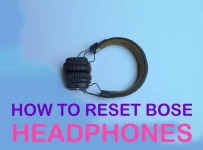
Food delivery apps have become so much more than convenience apps. Not only can you order your favorite meal from the comfort of your home, but you also enjoy great offers and discount coupons. No wonder variety of food delivery apps is popping up nowadays. The food delivery market cap is estimated to reach $343.80 by 2022.
Developing a practical food delivery application requires a lot of mind work. One needs an understanding of things and requirements from a user’s perspective. Don’t worry, though. We’re here to help you create the ultimate food delivery application. This post will cover essential factors you must consider while developing a food delivery app.
Decide The Type
There are many different types of apps you can create. You can create a food delivery app for a restaurant, one for a food truck, and even an individual chef. If you want to be more specific, you can also develop an application that allows people to order from multiple restaurants in one place.
Similarly, suppose you’re looking for something more specific, like a catering company that offers their menu items via your mobile app. In that case, this will be another opportunity for you to sell your services and make money from them!
Create A Customer-Centric Design
In the world of app development, customer-centric design is a big focus. It’s essentially a philosophy that focuses on designing products and services based on the needs and wants of the end-user.
This approach helps you build better relationships with your customers by creating products they want to use. This is important because if your users don’t like what you give them, they won’t use it and will likely look elsewhere for an alternative service or product that better meets their needs—which means you lose out on potential revenue opportunities!
For example, you must include sort and filter functionality while designing an app. This is particularly useful for consumers in the mood for something specific, such as Chinese. The filtering option will eliminate other possibilities, presenting the user with Chinese restaurants to select from.
Consider Weather Integrations
Weather can affect delivery times by making it difficult for drivers to get through the area where they deliver food. Weather can also impact food quality because ingredients may not be fresh if transported in bad weather conditions. The weather could even increase customer complaints about cold foods that have been delivered late or when temperatures are below freezing.
Therefore, it is essential to question whether your app will be able to handle negative temperatures? Have you considered how long it will take for users’ orders to arrive at their homes or offices when it’s raining outside?
You must integrate the app with weather features that provide real-time updates on the weather in the area where you are delivering meals. Users will understand and cooperate if delivery is delayed in this manner. Similarly, you can choose whether or not to accept orders from areas suffering significant rainfall or snowstorms to avoid negative feedback on your app.
You may embed the free API by Tomorrow into your food delivery app for reliable and accurate weather data. The API will also trigger weather warnings and notifications on the app. This assists you in deciding whether to accept or reject any order.
Make Sure The App Offers Complete Food Ordering And Delivery Information
When it comes to user experience, you want your app to be as easy and intuitive as possible. Chances are, your users will be using the app on the go or while on the move, so make sure that your app includes all the necessary information about the restaurant and its menu. You should also ensure that users can place their orders online without hassle.
The best part about food delivery apps is that they allow customers to pay for their orders online using their credit cards or through cashless payment mechanisms. You won’t have to worry about collecting money from them in person. It’s also essential that your food delivery app has an exemplary user interface so that users don’t get confused while navigating through it.
Offer Real-Time Tracking Option
One of the essential features of a food delivery app is to enable users to track the order in real-time. Tracking the order will help them know about the status of their order and whether it has reached its destination or not. It will also allow them to look for any problems with their order and call support if required.
The tracking option should be available both for customers, restaurants, and delivery executives, as well as for app developers so that they can keep an eye on what’s happening on their platform at all times.
Allow Online Payment Through Multiple Options
If a food delivery app is to be successful, it has to allow users to pay online through multiple options. Multiple payment options not only make the process of ordering food convenient but also help gain trust among customers. Thus, your mobile application must allow online payment through multiple options such as credit/debit cards, net banking, and cash on delivery (COD).
Provide A Good Customer Support Service
There are many ways to contact a company, but the most common and convenient methods include email and phone calls. However, phone calls can be expensive, especially for international customers who are calling from abroad. And although emails are easy to send and receive, sometimes there’s no one around to read them when you need an answer. A live chat feature would solve this problem by providing users with immediate access to your customer service team when they need it most: ordering food from your app!
Make Sure To Test All the Features Of Your App Effectively Before Launching It
Testing your app is an integral part of the development process. It is the only way to ensure that your app works perfectly and does not contain any bugs. If you want to know how to develop a successful food delivery app, you need to test all its features before launching it in the market.
You should always test on different devices as different operating systems have their specifications and other brands of phones or tablets! This will help identify any compatibility issues with older versions of Android or iOS systems and ensure that it works correctly for users running older operating systems, such as KitKat 4.4+, Lollipop 5+, and Marshmallow 6+.
You should also test if there are compatibility issues between browsers used by most users like Chrome, Firefox, or Safari, which may cause problems while using a particular feature/functionality within an application.
Conclusion
We hope these tips will help you create a highly successful food delivery app. It is a very competitive business, and it is challenging to develop an app that will stand out from the crowd, but with the proper planning, you can do it!


